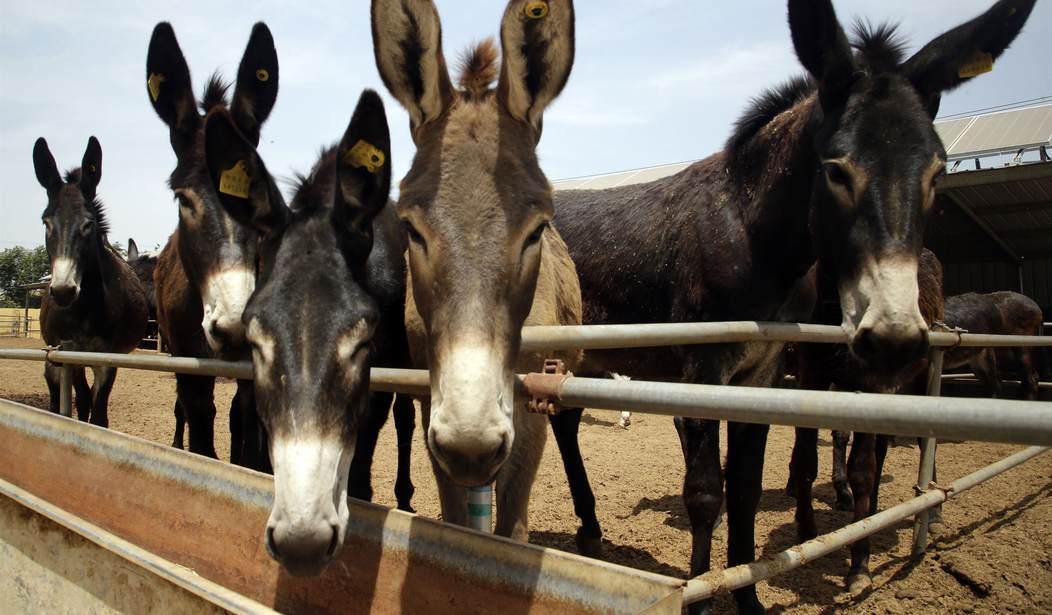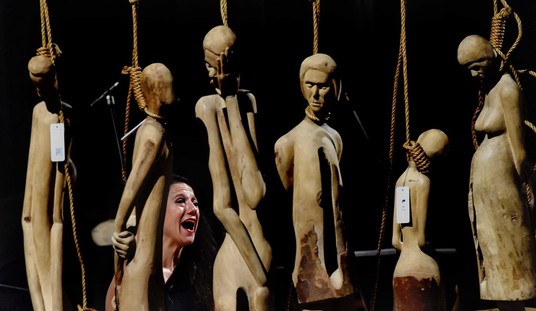You certainly all know the drill by now, or at least the way it’s commonly depicted in the mainstream media. The country is divided sharply along two lines, or at most three. You’ve got the Democrats and the Republicans. Or it’s the conservatives and the liberals. And somewhere in between, you have all of the mushy independents who can’t make up their minds, right? And yet that last group is the bunch that the other two sides are perpetually trying to win over every time an election rolls around. But nothing is ever that simple, so Pew Research does a large survey every four years to try to identify how many political ideological groups there really are in America and how many people fall into each. They just released the results of that survey, taken in July, and they have pronounced that there are actually nine distinct ideological groups in the United States, and even the groups falling primarily into either the “left” or “right” buckets really don’t have all that much in common. (NPR)
Americans are divided not just by party, but also within them, enough so for Pew to sort Americans ideologically into nine distinct categories (one more than its last version four years ago, with some decidedly different contours.)
Clear lines emerge when it comes to race, inequality and what the government should do about it. There were also decidedly different views on the role of government overall, economic policy, immigration, religion, the U.S. standing in the world, and — for Republican-leaning groups — former President Donald Trump.
What’s more, despite surveys having found broad support for a third party outside the two major ones, the study shows that there’s no magic middle. In fact, the study finds the three groups with the most self-identified independents “have very little in common politically.”
You really need to go through the lengthy analysis Pew provides to get the full flavor of this spectrum they’re describing. But the graphic below provides the names they’ve assigned to each group (some of which are either confusing or simply silly) and a rough approximation of how much of the country each one represents.

I would imagine that the majority of our regular readers would describe themselves as “conservative” in some fashion. But if you buy into this analysis, which sort of conservative are you? Perhaps you’re the “Faith and Flag” sort of conservative. That means you tend to be older, more devoutly religious, and want Christianity to be front and center in public policy. You’re also the most politically engaged and likely to vote, while also tending to be a Trump supporter. And you’re almost certainly white. Does that sound about right?
Or perhaps you’re one of the “committed conservatives.” You’re younger, better educated and are fiscally conservative, preferring a smaller government. But you’re also not so harsh on immigration and you’re more of a “globalist” in your views. Meanwhile, the “ambivalent right” are younger, not very religious, probably didn’t go to college, and they don’t like Trump. They tend to be more “moderate” on things like abortion, gay marriage and marijuana legalization.
Honestly, I went down the entire list and I couldn’t find a single category that covered even three-quarters of my own beliefs and inclinations. They have an online quiz you can take if you want them to predict your category.
There was a time when conservatives tended to be divided into what used to be referred to as the “three legs of the Republican stool.” There were Christian conservatives, fiscal conservatives and small-government conservatives. But even those weren’t really satisfying for most of us. You would always find some crossover between the various “legs” when speaking to any given person.
In reality, these surveys don’t actually tell us anything beyond what we already knew. Everyone is different in at least some small ways. If you wanted a “category” to completely describe a person’s preferences on every major issue of the day, as well as how enthusiastic or ambivalent they were toward those subjects, you’d have roughly 300 million categories in America. But at the end of the day, we do line up into two camps because of the bicameral nature of our electoral system. Even if you disagree with most of your “side” on a couple of issues, be it abortion, gay marriage, or anything else, you’re not going to flop across the fence and vote for the other “team” because you’re unlikely to get anything else you want. I suppose we can carve out an exception for the hard-core Libertarians in that regard, but we’re not talking about a huge slice of the electorate there. So let’s all pick our own sides and try to influence the conversation in the direction of positions that we find the most palatable.








Join the conversation as a VIP Member